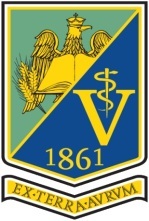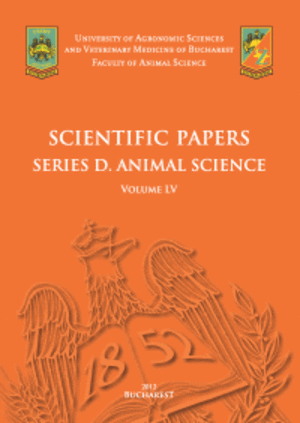Published in Scientific Works. Series C. Veterinary Medicine, Vol. LXXI, Issue 1
Written by Maria Mihaela IFROSE, Emilia CIOBOTARU-PÎRVU
Gastric adenocarcinoma is the most frequent tumour which affects the stomach of dogs, having multiple causes. EGFR (Epidermal Growth Factor Receptor) has an important impact in the development and expansion of gastric tumours, representing the first receptor which provides the connection between overexpression and cancer. The present study included 36 dogs with digestive syndromes, expressed as vomiting and melaena. Routine histopathological examinations on full-thickness gastric biopsies sampled by endoscopy, and on the tissue samples taken during necropsy, were completed by EGFR identification by immunohistochemistry, which could be used to estimate prognosis and select therapy. It has been concluded that 14 cases presented signet-ring cell adenocarcinoma, nine patients with tubular adenocarcinoma, ten with papillary adenocarcinoma, while the rest of three patients had undifferentiated adenocarcinoma. The highest rates of EGFR expression were identified in 38.4% of cases (n=10), highlighting a worse prognosis. EGFR expression was associated with the location of tumoural type, tumour size, cell differentiation, invasion, being positive in 26 cases of gastric cancer tissue (72%), while in the rest of ten cases (28%) were featured by low expression.
[Read full article] [Citation]



